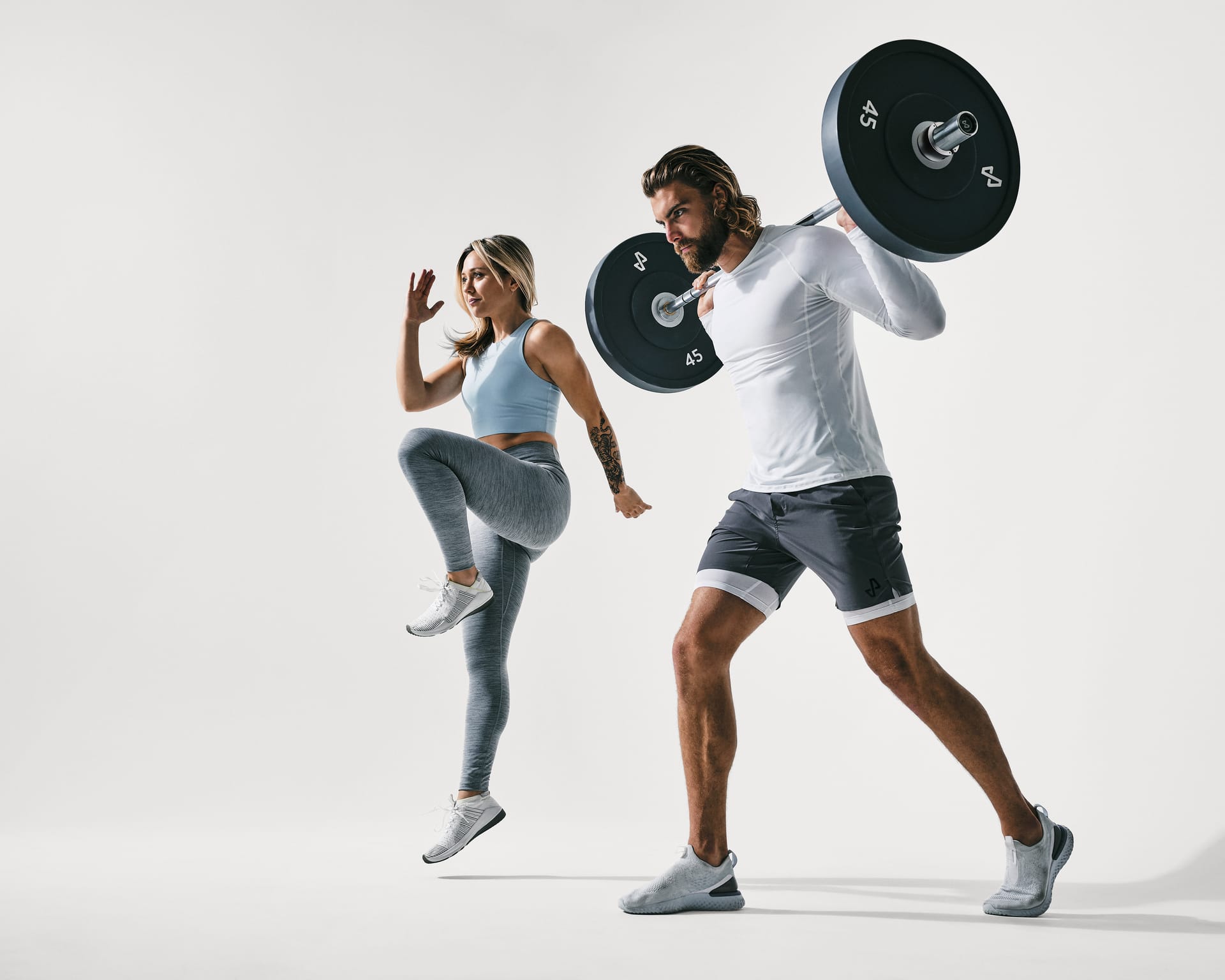A lot of times when we think about training and working out, we think about what we see on TV, in ads, on Instagram — lots of heavy breathing, sweat-soaked clothing, maybe even hurling into a garbage can.
For many of us, we tend to think of training as only being effective if we’re on the brink of death, spiraling down the circles of fitness hell.
However, there’s one often overlooked piece of fitness that doesn’t always get the attention it deserves: mobility.
If you’re a Tempo owner, you already know that you have the total gym experience with a whole category of classes dedicated to this pillar of fitness. While your legs may not turn to jell-o like in our strength classes or you may not be drenched in sweat because of a HIIT workout, mobility still plays an important role in your overall fitness journey.
So What is Mobility?
Mobility can be oftentimes confused with flexibility, but they’re not the same thing.
Flexibility refers to your muscle’s ability to passively lengthen through a movement. For example, if you’re laying on your back and pulling your leg towards your chest, you’re assessing your flexibility.
Mobility refers to the active range of motion within a joint. Having a fuller range of motion does require more flexibility, but there are a lot of reasons why we prioritize being more mobile.
If you want to see a good example of mobility? See how kids move — they can climb, squat with perfect form, and more. As we age, we sadly lose this natural ability due to lost strength and flexibility, but that doesn’t mean we can still work on it!
Why Does Mobility Matter
Increased mobility has been shown to decrease the chance of injury.
By including total body dynamic stretching (like lunges versus a static quad stretch), you’ll activate and strengthen the muscle groups that will help you support a fuller range of motion through your joints (like your hips).
This becomes especially important when performing more explosive exercises that require jumping or reaching a certain depth.
In your daily life, mobility is vital. Stiff joints with limited mobility may affect your posture (and the ability to keep good posture for extended periods of time) and as you get older, your joints will only require more support to keep and extend your mobility and range of motion.
While it’s easy to be heart-eye-emojied over being super bendy and flexible, there are conflicting studies that there are any meaningful and everlasting benefits to being very flexible, particularly if static stretching and flexibility become a sole focus over that of mobility work. Remember, your different muscle groups' flexibility is only a benefit if they’re strong, too.
Like anything else in fitness,
mobility requires constant and consistent work for you to see results. If you’re able to fit in any kind of mobility class as a Tempo owner, we highly recommend it, and if you’re not yet a Tempo member, there are a lot of online resources to see what you can do to dynamically stretch and increase your total body mobility. And as you see with any of our classes, don’t skip those warm-ups, skipping the mobility aspects of your workout may make you...well, less mobile.












